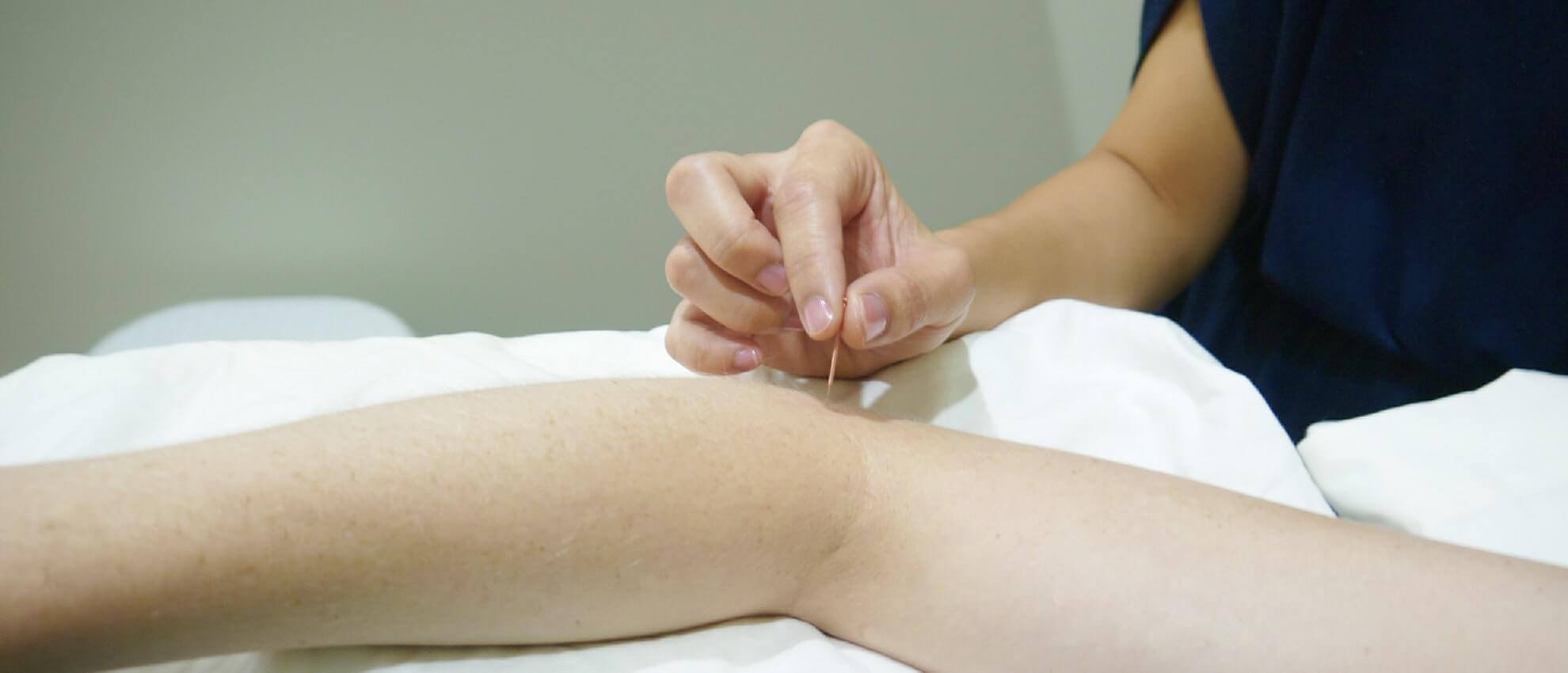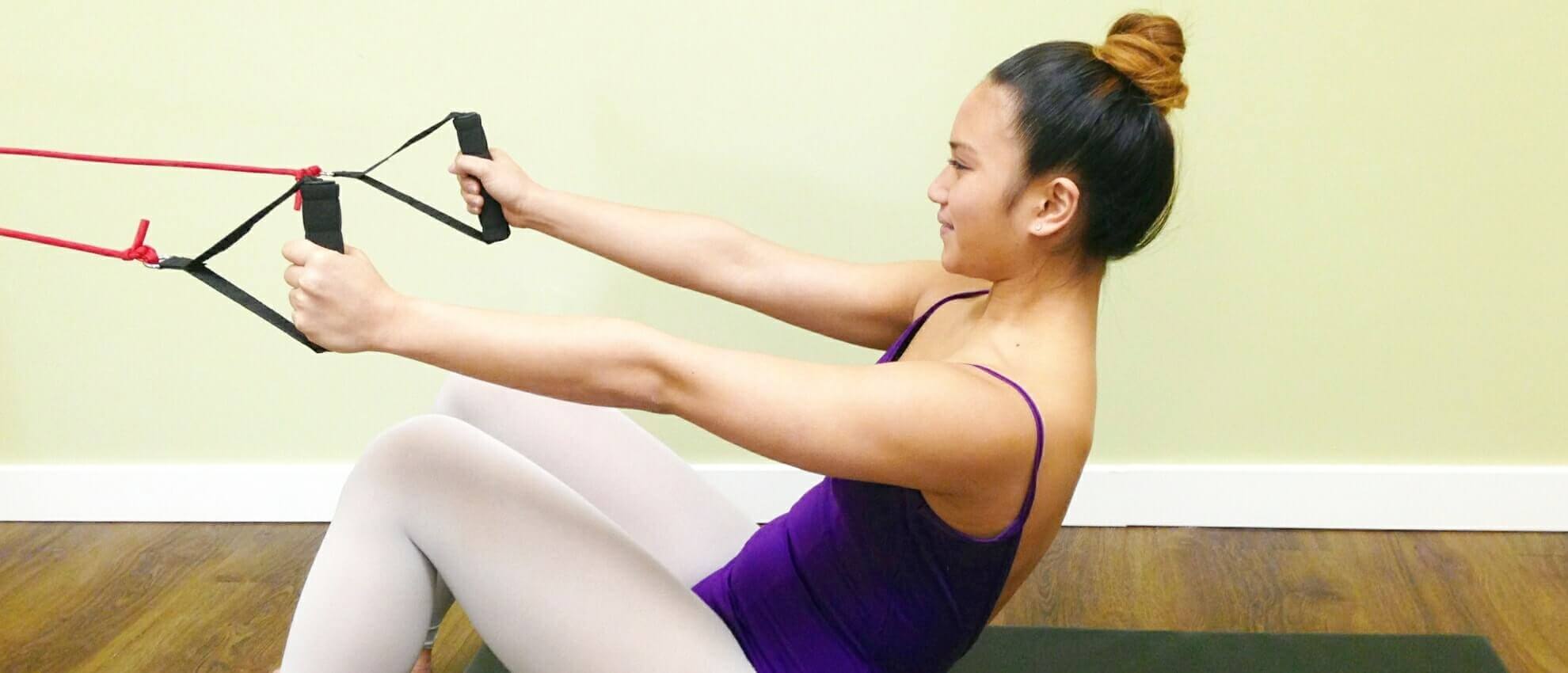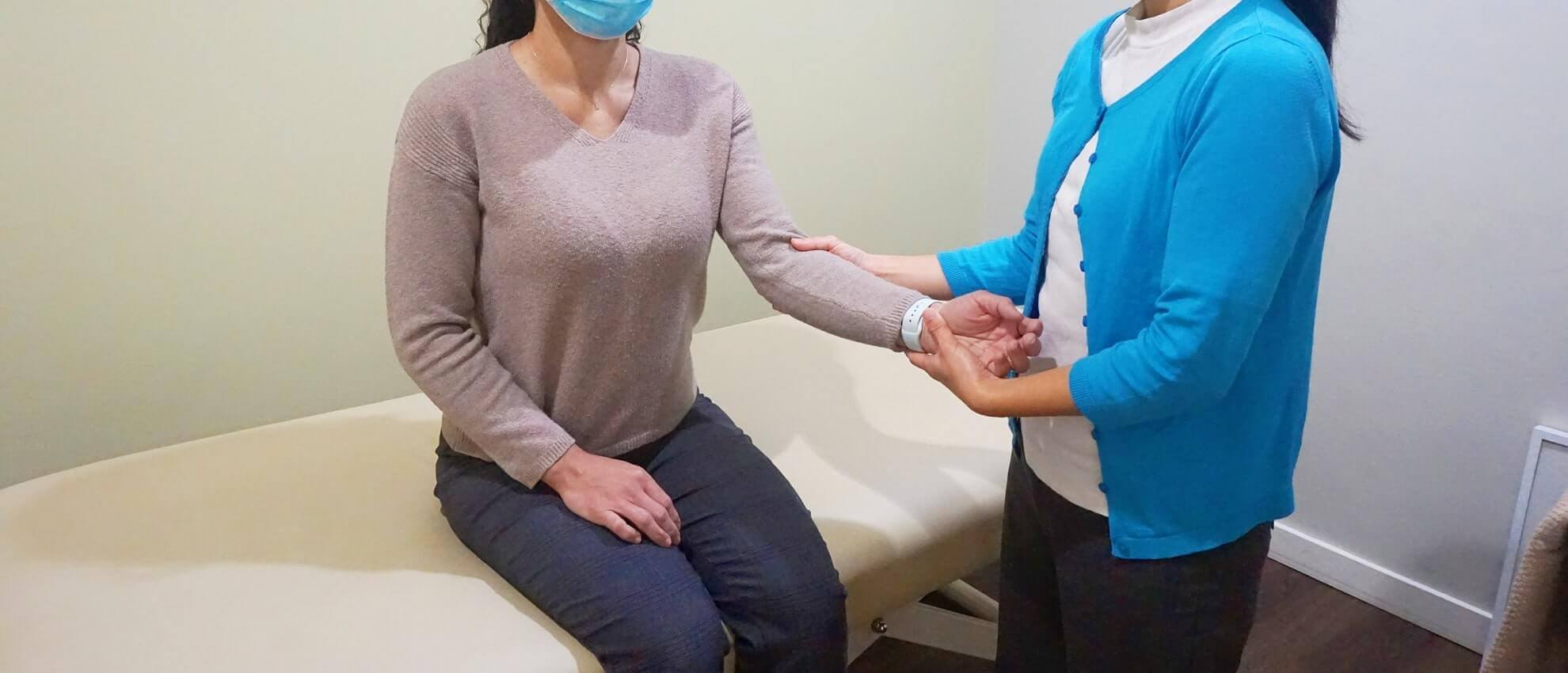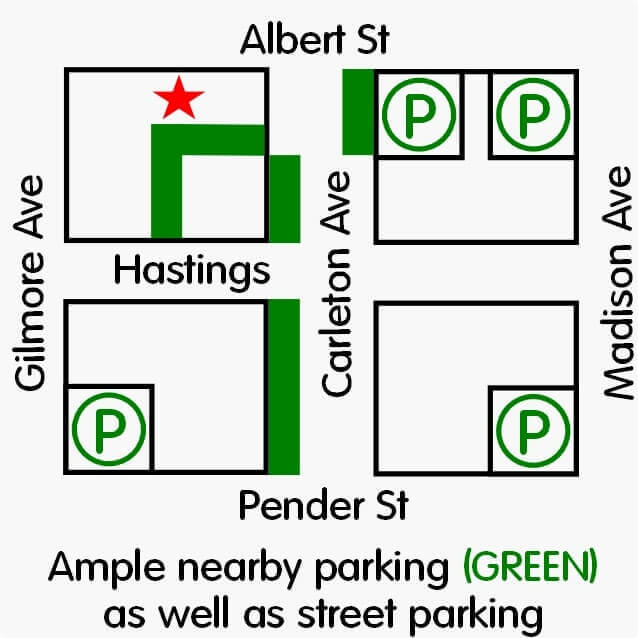What Is The Best Sleep Position For Tennis Elbow And 3 Positions To Avoid
Bill finally decided to get some help and saw his physiotherapist. He was diagnosed with having right tennis elbow which was treated by his physiotherapist using manual therapy, modalities and taping. He was also taught rehabilitative exercises and given ergonomic advice. After 7 sessions, Bill was able to go to work and finish his shift with very little to no more elbow pain.
It can be tough to change your usual sleep position but this blog article will give you an idea of what tennis elbow is, recommendations for the best sleep positions, 3 positions to avoid and how physiotherapy can help you.

What Exactly Is Tennis Elbow?
You do not have to play tennis to get tennis elbow. Tennis elbow, or “lateral epicondylitis”, is a common overuse injury of the tendons at your elbow. It is often caused by more than just your tennis back swing.
Certainly tennis can be one common cause. For example, as you take your back swing, when the ball hits your racket the extra strain on your outside forearm muscles and tendons can over time lead to micro-trauma and eventually pain, inflammation and tendonitis.
Other frequent causes for tennis elbow include repetitive use injuries commonly seen in patients who use their hands and arms for work throughout your day.

How Does The Position You Sleep In Affect Your Tennis Elbow?
While you are sleeping, your blood will circulate and bring important healing properties and nutrients that help in the repair and recovery of your injured tissues. Sleep is when your body takes advantage of your down time to relax your elbow and allow the natural healing processes to happen.
Specific sleep position can help enhance blood flow and improve your healing.
Making The Best Of Your Sleeping Position
Are you a side sleeper?
Avoid sleeping on your injured elbow side. You can use a pillow to support your painful elbow by having the pillow between your body and elbow.
Do you sleep on your back?
Keep your injured elbow and arm resting and down by your side. Having a slight bend in your elbow is alright. You can try resting your elbow on top of a pillow or your body for more support.
Try To Not Sleep In These 3 Sleep Positions
- Sleeping on your injured elbow and arm: As obvious as it may seem, but the pressure of laying on your injured elbow and arm can squeeze your already irritated tendons at your elbow and increase your discomfort. This position can also decrease blood flow to the area which can slow your recovery
- Sleeping with your elbow and arm above your head: Sleeping with your injured elbow and arm above your head can increase your chance or worsening your pain in your elbow. Instead, try resting your arm by your side or on your body which can helps reduce the risk of worsening your elbow injury
- Sleeping on your stomach: When you sleep on your stomach, you usually end up with your head turned to one side and slightly extended or bent back. This can over time cause compression and irritation in your neck and upper back and eventually work it’s way down to affect your elbow
Tennis elbow is a very common reason for elbow pain. It results from overusing the tendons involved in the movement and use your elbow, wrist, forearm and hand. Changing your sleep position is just one of the many ways you can improve and speed up your tennis elbow pain recovery.
I Need Help For My Tennis Elbow
If you need help with your tennis elbow pain, schedule a session with your physiotherapist:
FAQ
Q: What is the treatment for tennis elbow?
A: If you are having trouble with your elbow such as tennis elbow or golfer’s elbow, there are many different strategies you ca try to ease your pain.
First and foremost, try to get enough rest between your activities to allow your elbow enough time to heal and recover. Another idea is to change the way you hold your sporting equipment such as a tennis racquet or golf club or even use a different piece can help prevent your elbow from hurting.
If you are facing a stubborn case of elbow pain, your physiotherapist can help get things moving along. They can help diagnose the reason you are having pain and develop a plan to get you back to enjoying your activities without pain. Your treatments may include hands-on therapy, exercise rehab and tips on trip and equipment use. Sometimes certain medications may be useful in dealing with troublesome elbow pain also
Q: Will my tennis elbow get better by itself?
A: Sometimes your tennis or golfer’s elbow pain can improve by itself with enough rest and support. Ensuring you have enough downtime between games or activities can allow your elbow a better chance to recover and heal before being used again. Getting into the habit of stretching your elbow after your activity can also be quite helpful. Sometimes using an elbow support such as a brace or wrap can help prevent your elbow pain from re-starting.
If you find your elbow pain not getting better or even getting worse, talk to your physiotherapist. They can help you find the best way to ease your elbow pain and get you on the road to recovery
Q: How long does tennis elbow last?
A: Tennis elbow usually takes about 6-8 weeks with physiotherapy treatment to improve. This timeline can change depending on other factors such as what you do on a regular daily basis or what you do for work. For example, how quickly you get better can also be affected by how active you are and the intensity of your activities or sports. Your current physical and mental health can also impact the speed of your recovery.
Your physiotherapist can help you learn how to better manage your symptoms. They can suggest modifications to your daily routines and activities to help you recover faster

